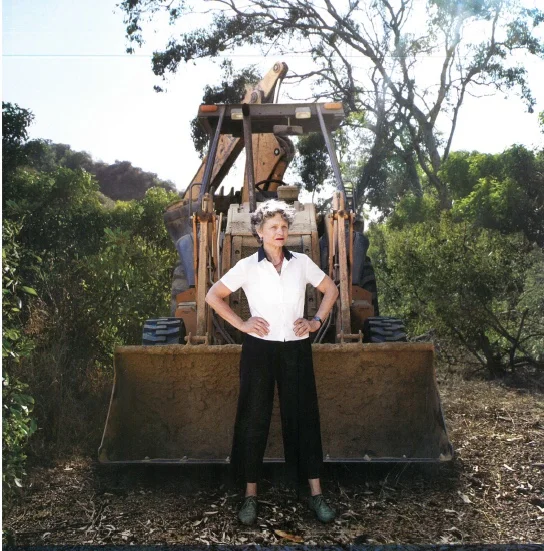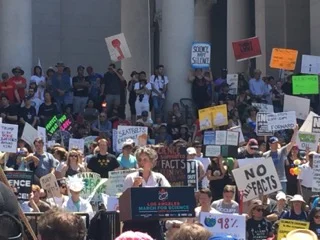Building Energy Use Goals in California
The state of California has set ambitious and important goals to reduce energy use of existing buildings by half by 2030 (SB 350). This promises to hold significant improvements to people’s quality of life who live in leaky poorly constructed residences. At the time of greatest economic and housing expansion in the state (years), building construction standards for energy conservation were weak to non-existent. Analysis using the UCLA Energy Atlas (www.energyatlas.ucla.edu) shows that per square foot, residences built before 1978 are more energy intensive. These buildings also coincide largely with disadvantaged communities in Los Angeles County.
The goal of reducing their energy use by half could substantially improve their performance: cooler in the summer, warmer in the winter, for far less energy units expended. However, if the goal is absolute energy use reduction, this requires substantial investments in the shell of the building, including windows, doors, insulation, and more, not merely changing HVAC units or appliances.
Currently the Public Utilities Commission requires the Investor Owned Utilities to fund energy efficiency programs through rate payer surcharges. These funds amount to over a billion dollars a year and show about a 1% energy efficiency gain, though these numbers are both hard to get, and even more difficult to verify. Programs rely on an ‘opt-in/cost share’ approach where customers apply for rebates for any number of EE programs, from home insulation to refrigerators and must pay a portion of the cost of the improvement. Thus far, AB 758 that requires a comprehensive program to achieve great energy efficiency in the state’s existing buildings, while moving toward mandatory approaches, seems to still rely on outreach and market approaches.
It is unlikely these strategies will achieve the 50% energy use reductions in buildings policy is seeking to achieve. Reaching this goal will require much greater commitment on the part of the state, including more than voluntary cost share programs, which is the current situation. For low income communities who live in the oldest and most leaky buildings to benefit, the state will need to develop free retrofit programs that systematically work building-by-building to improve the quality and performance of the existing building stock. This will have a significant job creation benefit, as well as transform a poorly built, antiquated building stock into decent and long-lived housing. Such a program could be means tested such that it serves those least able to afford improvements.
Concerns about gentrification associated with building improvements are warranted. But if all energy-substandard housing is upgraded, there will be less cherry picking and less likelihood of gentrification. Further, there is precedent for crafting an ‘unearned increment’ assessment upon resale that could discourage speculative gain.
Building shell is the key going forward. People move in and out of buildings; appliances come and go. If the shell is well constructed for energy conservation, overall those gains will endure.




